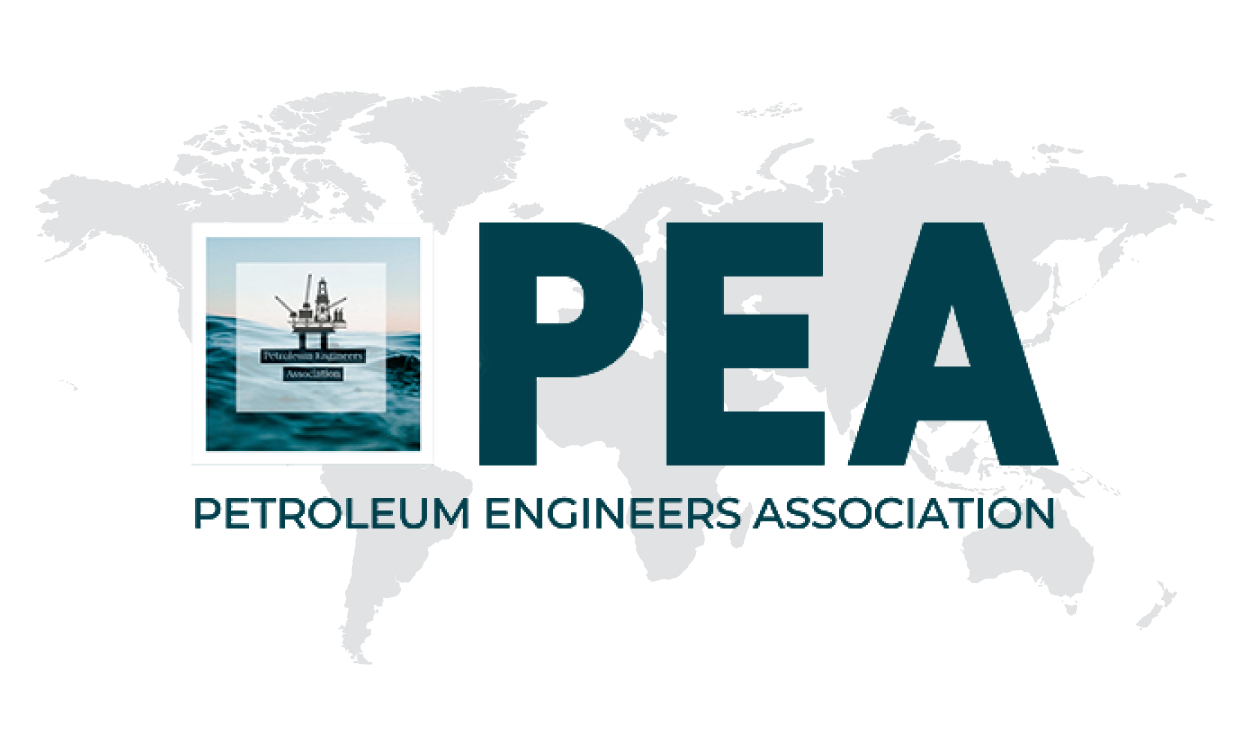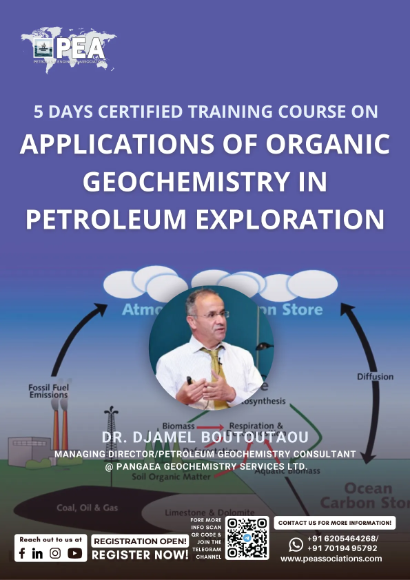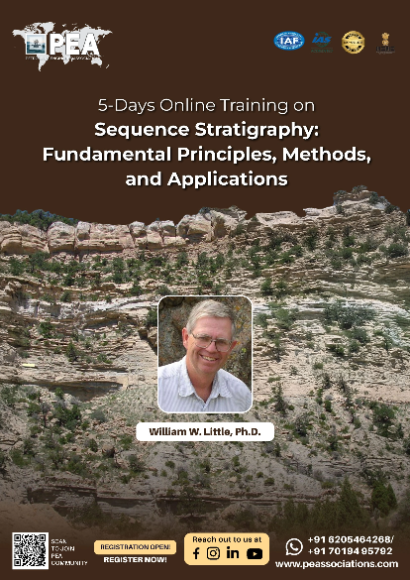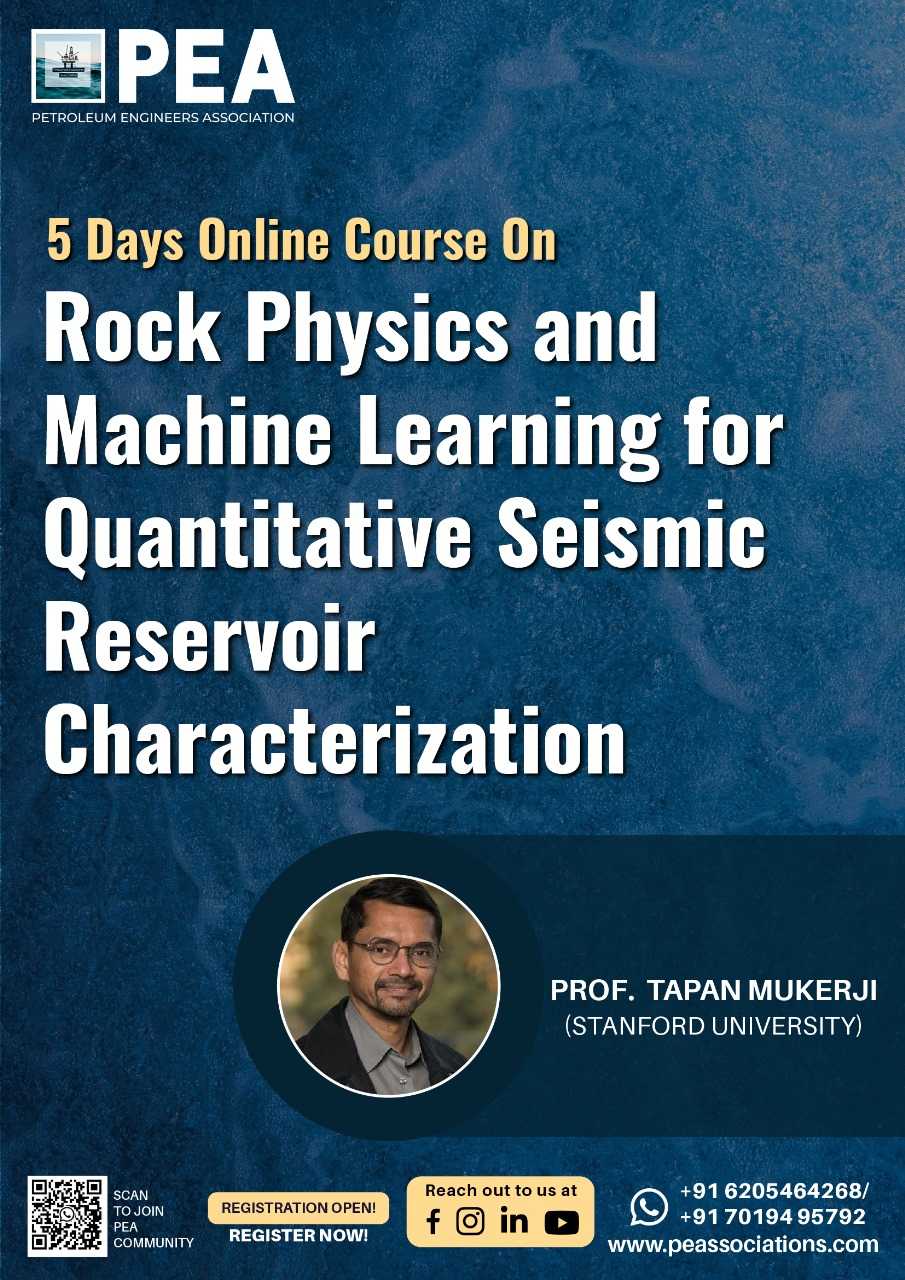MATLAB® for Earth Science
| Code | Date | Time | Duration | Location | Currency | Team of 10 Per Person | Team of 7 Per Person | Early Bird Fee Per Person | Normal Fee Per Person |
|---|---|---|---|---|---|---|---|---|---|
| PEAMG25 | 02 - 27 Feb 2026 | 9 PM Indian Time |
2 Hours Per Day
|
Zoom Online
|
USD
|
500
|
550
|
600
|
1250
|
The Classes Will be Online Via Zoom Only On Mon, Wed & Fri for 4 Weeks With 2 Hours / Class.
Boost your team's skills and your budget! Enjoy group discounts for collaborative learning. Send an inquiry to info@peassociations.com.
MATLAB® for Earth Sciences
This comprehensive course provides geoscientists and engineers with the knowledge and practical skills to effectively use MATLAB® for analyzing, modeling, and visualizing earth science data. Learn how to automate workflows, process large datasets, and develop models to make informed decisions in geoscientific projects.
Description
As earth science data becomes increasingly complex, the ability to analyze and interpret it efficiently is critical. MATLAB®, with its powerful computational and visualization capabilities, has become a vital tool for geoscientists working in fields such as geology, geophysics, hydrology, and environmental science.
This course is designed to introduce professionals to the practical use of MATLAB® in earth sciences. Participants will explore fundamental and advanced features of MATLAB®, focusing on real-world applications such as seismic data processing, groundwater modeling, topographic analysis, and climate data visualization.
MATLAB® is a widely used computing platform in scientific research and industry. For earth scientists, it offers an integrated environment for data analysis, modeling, and visualization—making it an essential tool for managing and interpreting diverse geoscience datasets.
This course introduces MATLAB® from the ground up, tailored specifically to earth science applications. It covers data import and processing, visualization techniques, basic to advanced scripting, and the use of specialized toolboxes relevant to geoscience disciplines.
Understand the fundamentals of MATLAB® programming.
Import, manipulate, and visualize earth science data.
Apply numerical and statistical methods for data analysis.
Develop scripts and functions to automate workflows.
Interactive Lectures: Conceptual understanding through step-by-step demonstrations.
Hands-On Exercises: Real-world datasets and MATLAB® projects.
Case Studies: Practical geoscience problems from various sub-domains.
Q&A Sessions: Dedicated time to address specific challenges.
Project Work: Capstone mini-project to apply learning in a simulated professional scenario.
Enhanced analytical capabilities of earth science teams.
Improved efficiency in processing and interpreting large geoscience datasets.
Automation of repetitive tasks and workflows using MATLAB®.
Increased accuracy and confidence in scientific and operational decisions.
Support for data-driven project planning, exploration, and environmental assessments.
Strong foundation in MATLAB® for geoscientific applications.
Practical skills in data handling, modeling, and visualization.
Increased confidence in tackling real-world geoscience challenges.
Competency to contribute to multidisciplinary projects using computational tools.
Enhanced career opportunities through a highly marketable skill set.
Students
Researchers
Professionals
Anyone Interested in Earth Sciences
Week 1: Introduction to MATLAB® and Data Analysis
Data Collection & Data Analysis
MATLAB® Basics: commands, scripts, visualization
Simulate lithostatic stress at depth
Build simple interactive web apps in MATLAB®
Week 2: GUI and Geological Modeling
Creating GUI in MATLAB®
Geological Models (e.g., lithostatic stress with variable density and gravity)
Hypothesis Testing: t-test, F-test
Handling large datasets, array operations
Week 3: Statistical Testing & Error Analysis
Chi-squared Test
Kolmogorov-Smirnov Test
Mann-Whitney Test
Distribution Fitting
Error Analysis
Correlation Coefficients
Week 4: Regression & Spatial Data Analysis
Linear and Curvilinear Regression
Gridding and Contouring (X,Y,Z data)
DEM Analysis
Geostatistical fundamentals
Interpretation of spatial surfaces
On successful completion of this training course, PEA Certificate will be awarded to the delegates
A highly accomplished geologist with expertise in structural geology, tectonics, and field mapping. He has a PhD in Geology from the University of Illinois at Urbana-Champaign and has held several teaching and research positions at prestigious universities in the United States. He is proficient in various geological software and programming languages, including Python, ArcGIS, and MATLAB. He has extensive experience in geological mapping, 3D modeling, and quantitative analysis of geological structures. He has also developed and taught several courses on Python programming for geoscientists.
Frequently Asked Questions
All course bookings made through PEA are strictly non-refundable. By registering for a course, you acknowledge and accept that all fees are payable in full and are not subject to refund under any circumstances, including changes in personal or professional commitments or partial attendance.
PEA reserves the right to make reasonable adjustments to course content, trainers, or schedules where necessary, without entitling delegates to a refund. Comprehensive details of each course — including objectives, target audience, and content — are clearly outlined before enrolment, and it is the responsibility of the delegate to ensure the course's suitability prior to booking.
For any inquiries related to cancellations or bookings, please contact our support team, who will be happy to assist you.










